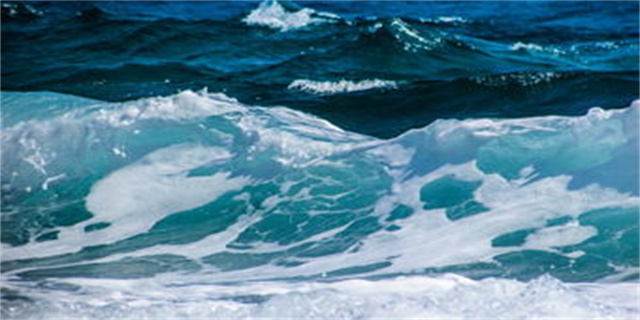Exploring the World of Bubbles
Introduction:
Bubbles are fascinating and enchanting structures that form when air or gas is trapped within a liquid or solid. They can be found in various forms and sizes, from tiny bubbles in a glass of soda to massive bubbles in a bubble bath. In this article, we will delve into the world of bubbles, exploring their science, formation, and unique properties.

The Science behind Bubbles:
Bubbles are formed due to a delicate balance of surface tension, pressure, and viscosity. Surface tension is the force that acts to minimize the surface area of a liquid, causing it to form into spherical shapes. When air or gas is introduced into a liquid, it creates a thin film or membrane around the gas, holding it in place. This film is composed of molecules that are more attracted to each other than to the surrounding liquid, creating a surface tension that keeps the bubble intact.

Formation of Bubbles:
Bubbles can form through a variety of methods. One common way is through agitation, where liquid is churned or agitated, trapping air within. This can be seen when stirring a drink or shaking a bottle of carbonated beverage. Another way bubbles form is through a chemical reaction, such as the combination of baking soda and vinegar, which produces carbon dioxide gas. The gas then forms bubbles within the liquid. Additionally, bubbles can form naturally, like when waves crash on the shore and create a beautiful display of foamy bubbles.
The Properties of Bubbles:
Bubbles possess a range of unique properties that make them fascinating to observe. One of these properties is their ability to reflect and refract light, often creating an iridescent effect. This effect is caused by the interference and diffraction of light waves as they pass through the thin film of the bubble. The colors observed can vary depending on the thickness of the film and the angle at which the light interacts with it.
Bubbles are also incredibly fragile structures, easily popping when they come into contact with a solid object or when the thin film becomes too thin to contain the gas. The lifespan of a bubble can vary greatly depending on its size and the environmental conditions in which it exists. Smaller bubbles tend to have shorter lifespans as they are more prone to bursting due to their higher surface area to volume ratio.
Foam, which is composed of a collection of bubbles, has unique properties as well. It is known for its ability to trap air and provide insulation, as seen in materials like foam packaging and insulation for buildings.
Conclusion:
Bubbles may seem simple at first glance, but they are incredibly complex and intriguing structures. From their formation through the delicate balance of surface tension and pressure to their ability to reflect light and refract colors, bubbles captivate our imagination and invite us to explore their world. Next time you encounter a bubble, take a moment to appreciate its beauty and the science that lies behind it.








